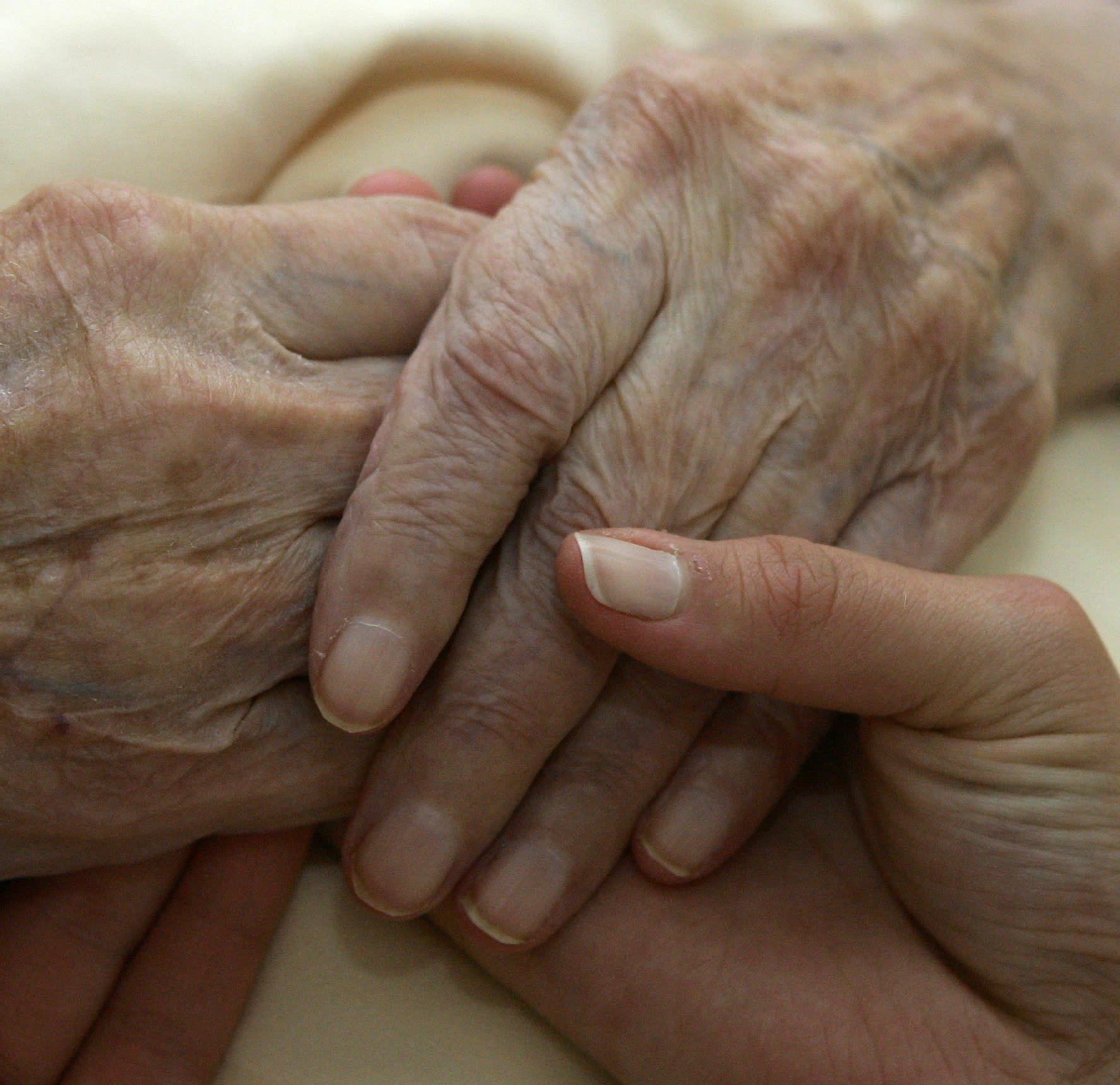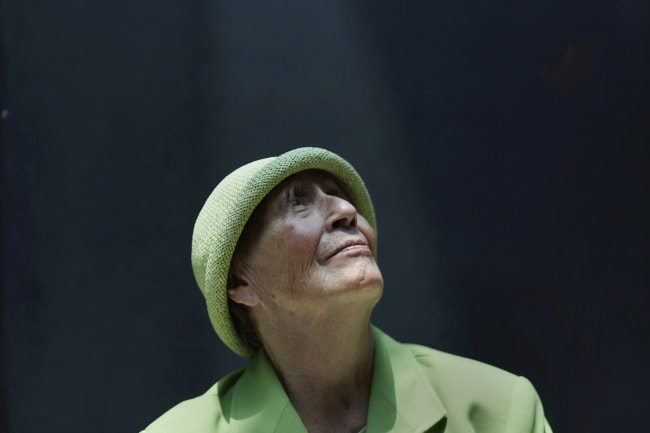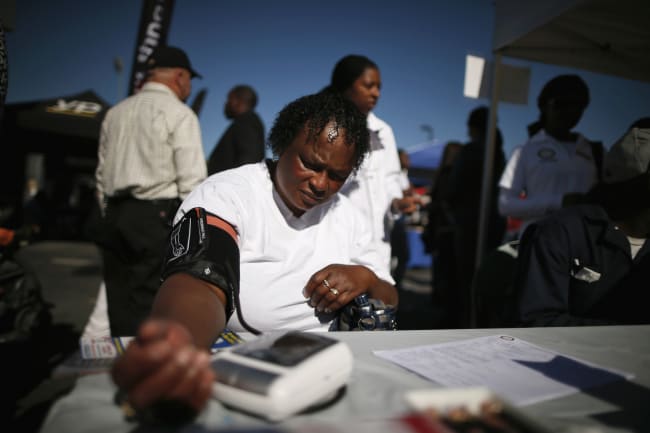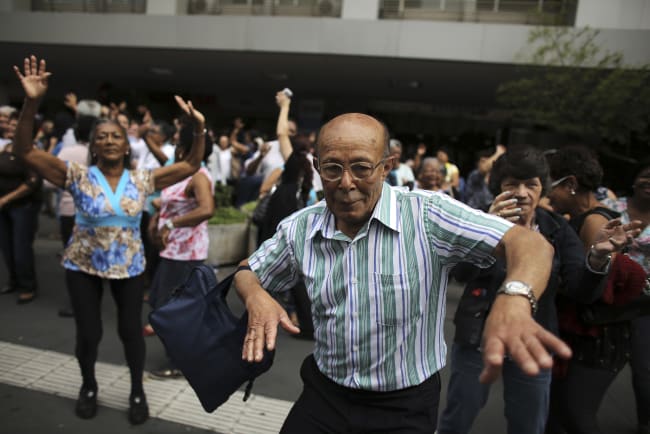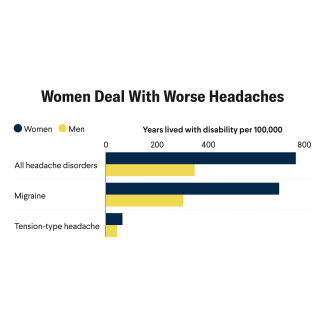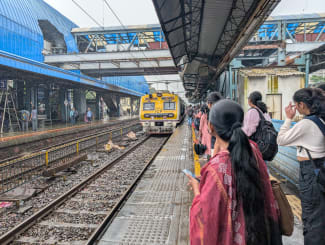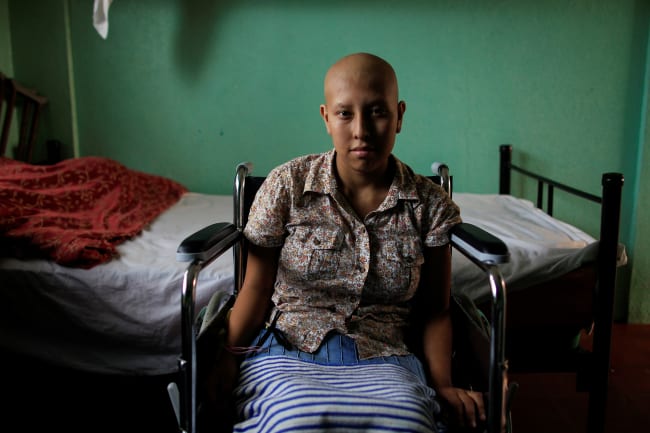Living a long and healthy life is often seen as a solo journey. The common belief is the choices one person makes regarding their smoking habits, diet, or exercise habits could be the difference between life and death when they grow old or if a chronic illness arises. But what if it's not purely up to the individual?
In her new book, How Not to Die (Too Soon): The Lies We've Been Sold and the Policies That Can Save Us, Devi Sridhar, professor and chair of global public health at the University of Edinburgh, explores how in a world full of "self-help" recommendations for increasing your lifespan, the political choices made both in the past and present by governments worldwide are deeply interconnected with how and when people live and die.
Sridhar dives into how governments and politicians should be held accountable for their decisions on issues such as health-care access, gun safety, clean water, mental health, and road safety— and how those policies correlate to life expectancy. She investigates global examples of great successes in promoting these necessary services and protections, as well as examples where changes to policies and cultural norms are essential to human health and safety.
In the following excerpt, Sridhar explores gun safety and the growing need for international collaboration to stem violence.
□ □ □ □ □ □ □ □ □ □ □ □ □ □ □
In 2022, one of my researchers, Jay Patel, wanted to investigate this area further so we worked on a Lancet Public Health paper, laying out the evidence on who dies from guns, where they live, and how many of these deaths are preventable. What we found is that in the past decade, firearms have taken more than an estimated 2.75 million lives, largely in men (88 per cent), in Brazil, Colombia, El Salvador, Guatemala, Mexico, the US and Venezuela. It's not just violence in conflict situations: over 90 per cent of deaths from guns are homicide (the killing of one person by another) in stable countries.
From 1990 to 2019, little progress was made globally on reducing the mortality rate from gun-related violence. It was 2.41 deaths per 100,000 people in 1990, and 2.29 deaths per 100,000 in 2019. This is an average across 204 countries and territories.
Deaths are concentrated in certain hotspots: largely low- and middle-income countries in Latin America, and the United States, which remains an outlier in deaths by guns compared to other wealthy countries. Guatemala, Venezuela and El Salvador have mortality rates from guns at around forty deaths per 100,000, compared to the global average of 2.29 per 100,000. Even within 'hotspot countries', deaths are concentrated within certain age groups (twenty- to twenty-four-year-olds) and those living in poorer areas.
In the past decade, firearms have taken more than an estimated 2.75 million lives
The World Health Organization has attempted to take on gun control within the broader challenge of violence prevention. A 2009 briefing focused on three of the most lethal forms of violence: firearms, knives and pesticides (used in agricultural communities for self-harm, suicide and homicide). For reducing gun violence, the agency suggested public health measures such as bans, licensing schemes, minimum age for buyers, background checks, and safe storage regulations. But the WHO faced pushback from certain governments. These recommended public health measures were criticized for infringing country sovereignty.
In 2006, the United States was the only government not to agree to a UN vote to implement stricter standards on the arms trade using an international arms trade treaty. This built on the UN Protocol against the illicit manufacturing and trafficking of firearms, their parts and components and ammunition, in 2001. The US has tried to weaken international agreements on gun control policies, largely because they are a profitable export. Seventy per cent of trafficked firearms in Mexico come from the US, to the point that the Mexican government has sued American gun manufacturers for pushing the trafficking of weapons into their country and causing tens of thousands of deaths.
This points to the difficulty in looking at gun control at purely a national level: it takes multi-country collaboration to limit the transfer of guns, which flow largely from high-income countries into low- and middle-income countries, and often through black markets.

AUTHOR'S NOTE: How Not to Die (Too Soon): The Lies We've Been Sold and the Policies That Can Save Us by Devi Sridhar publishes on June 12, 2025 (Viking).
